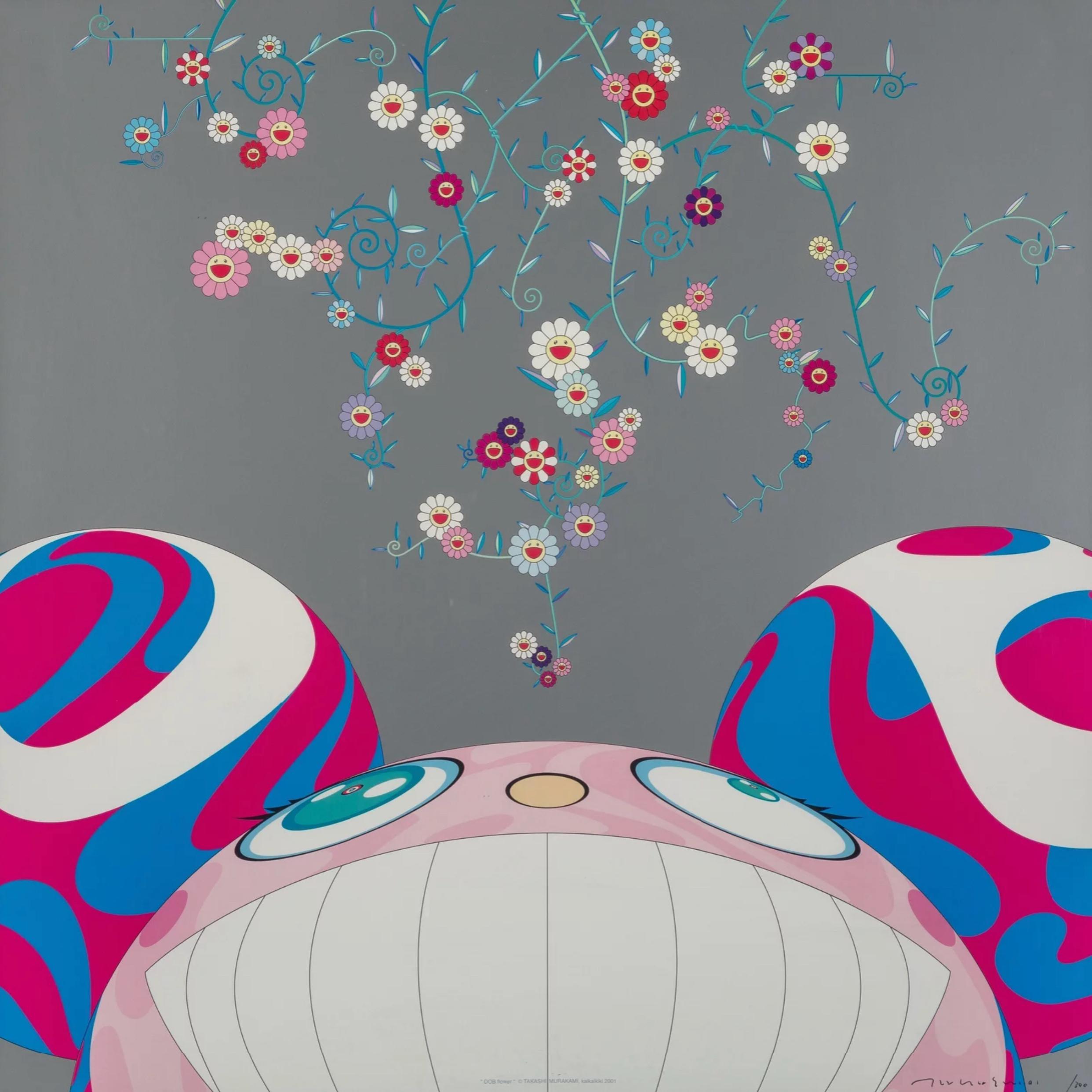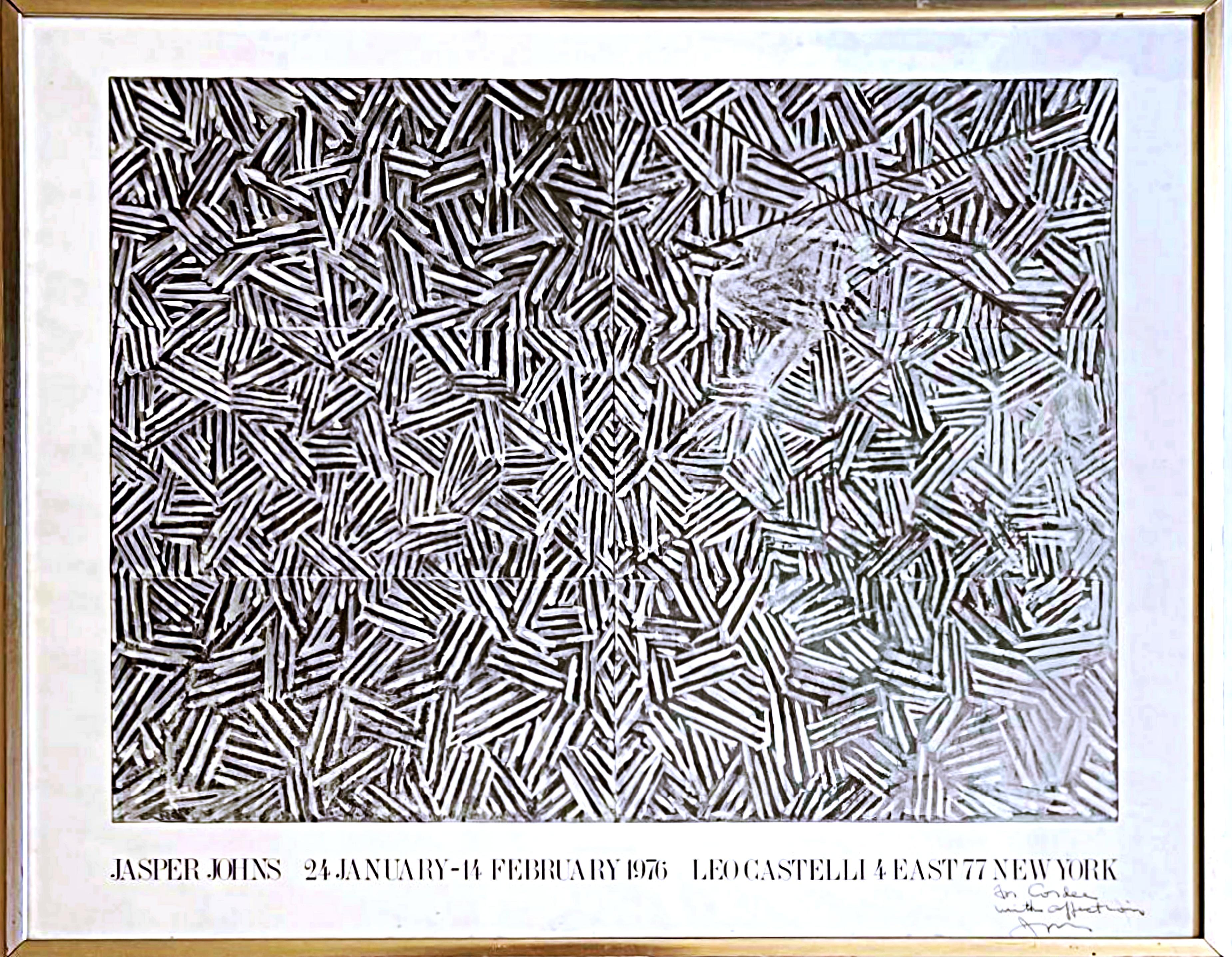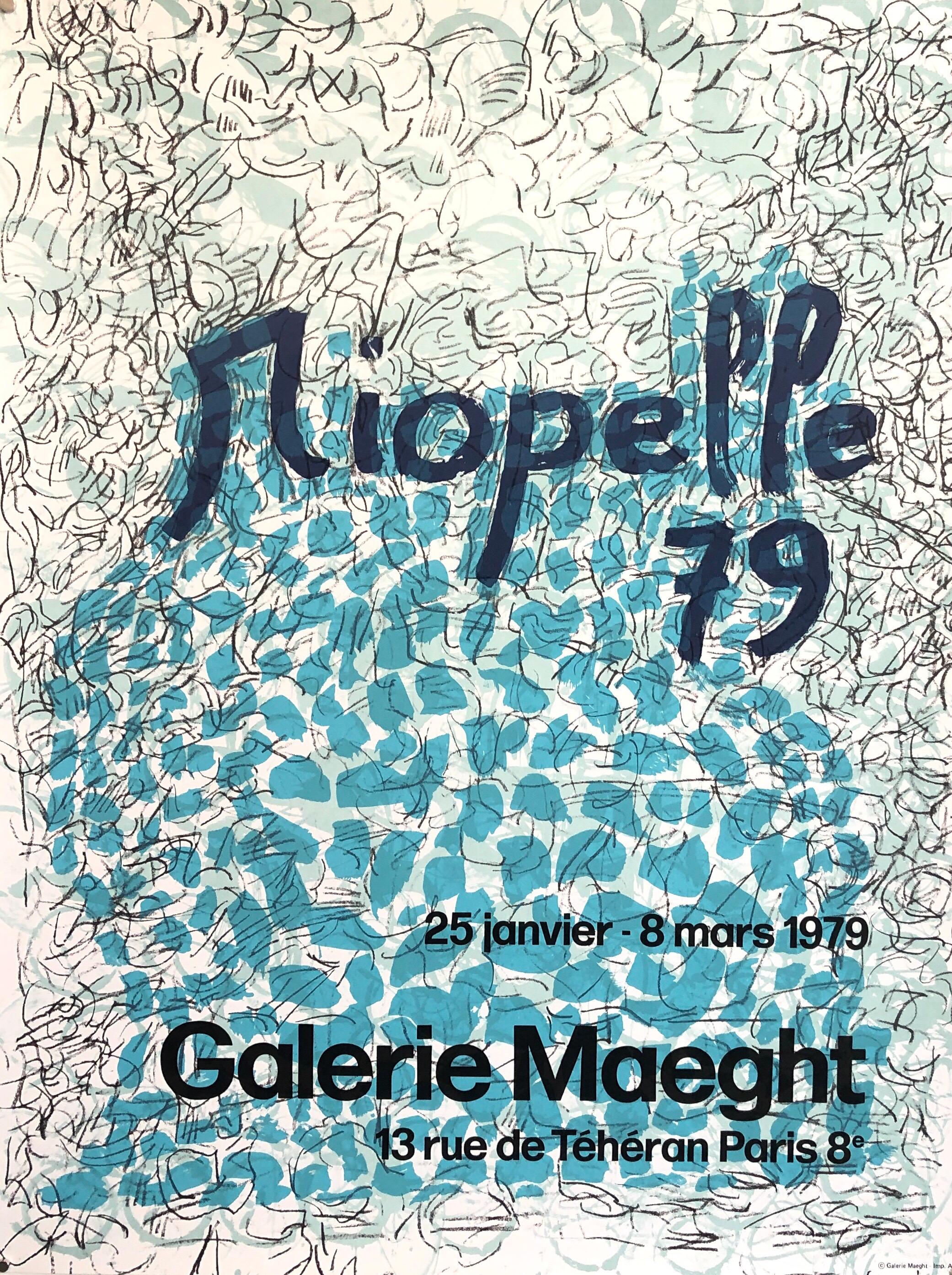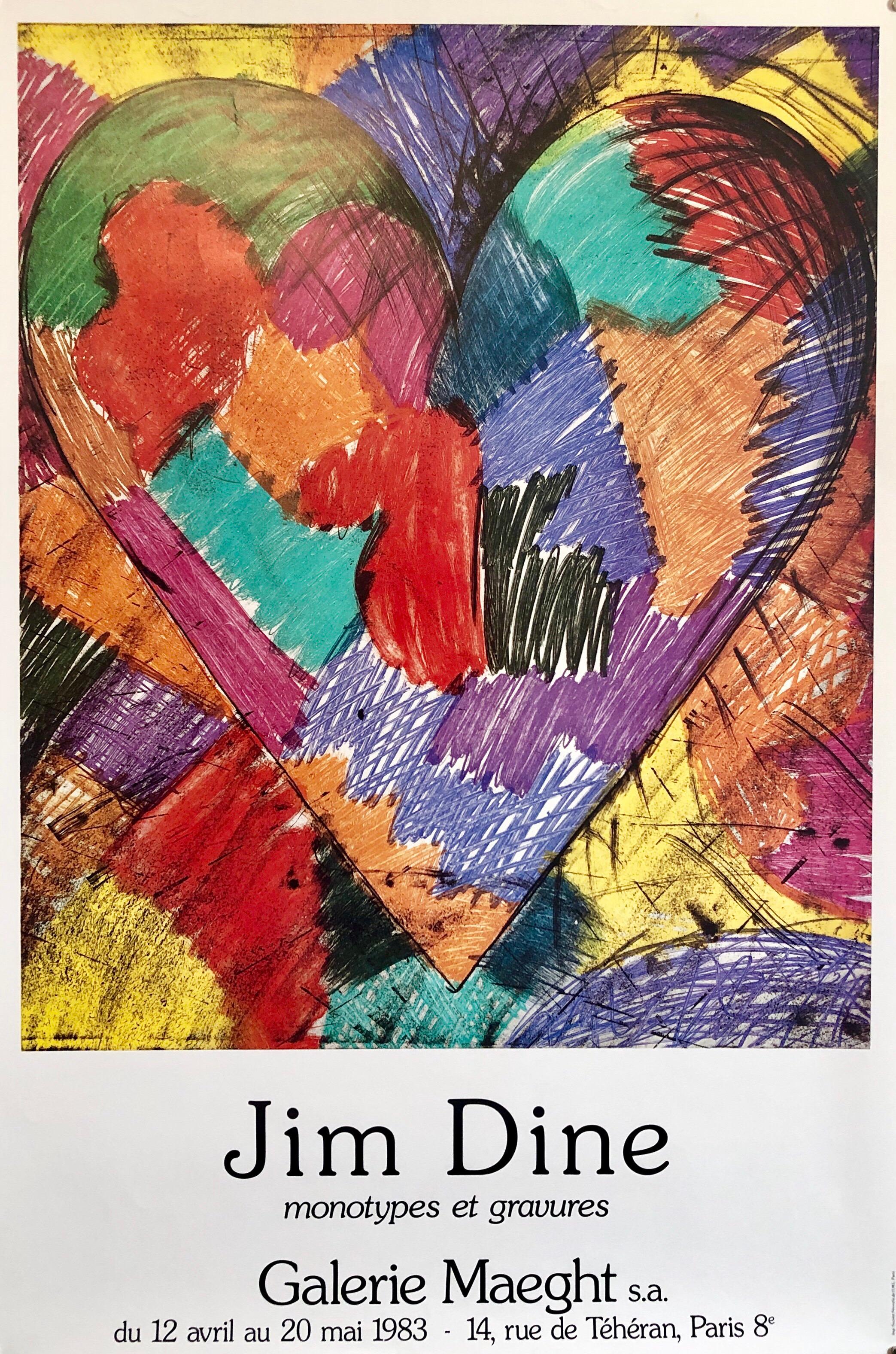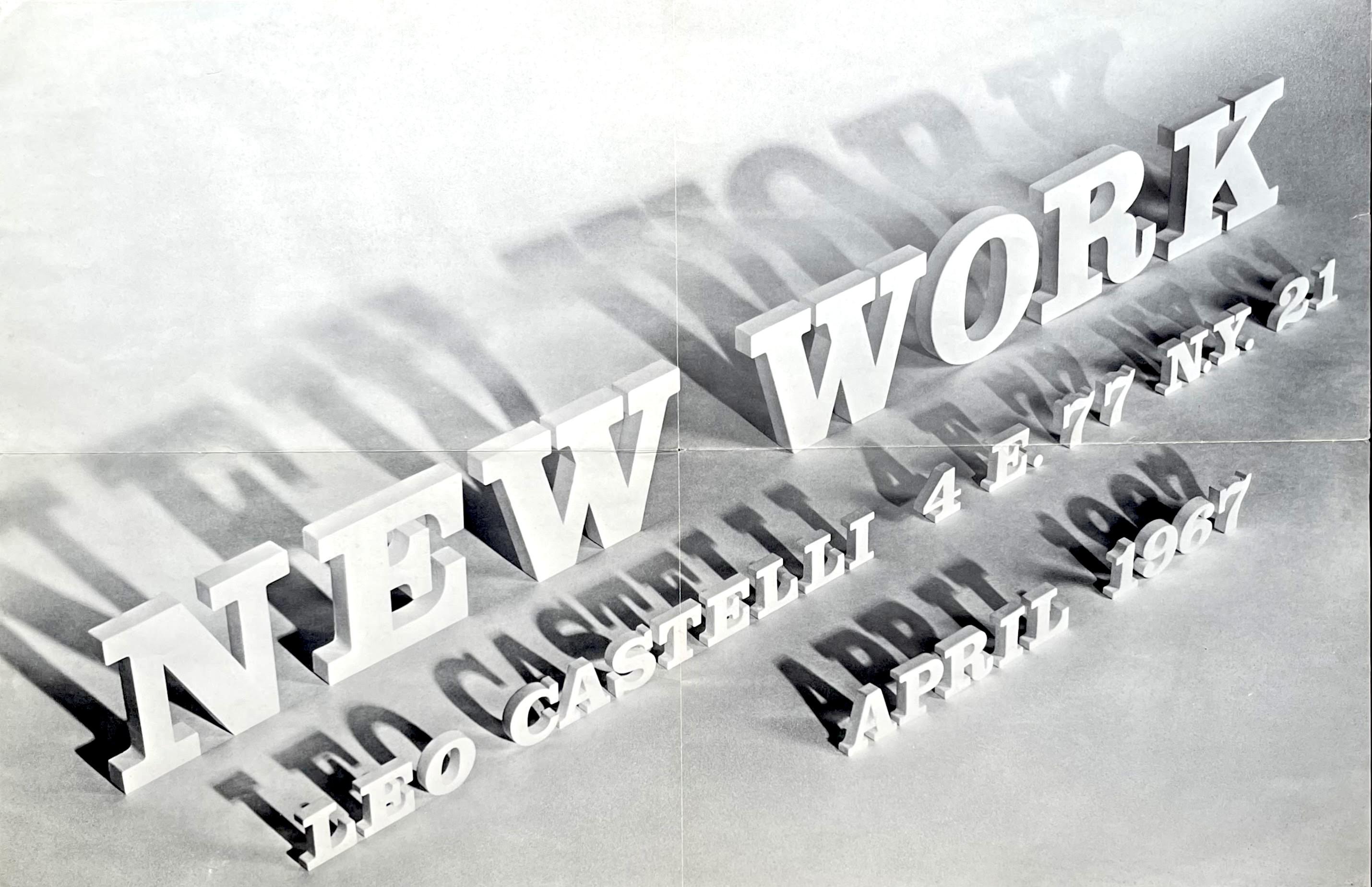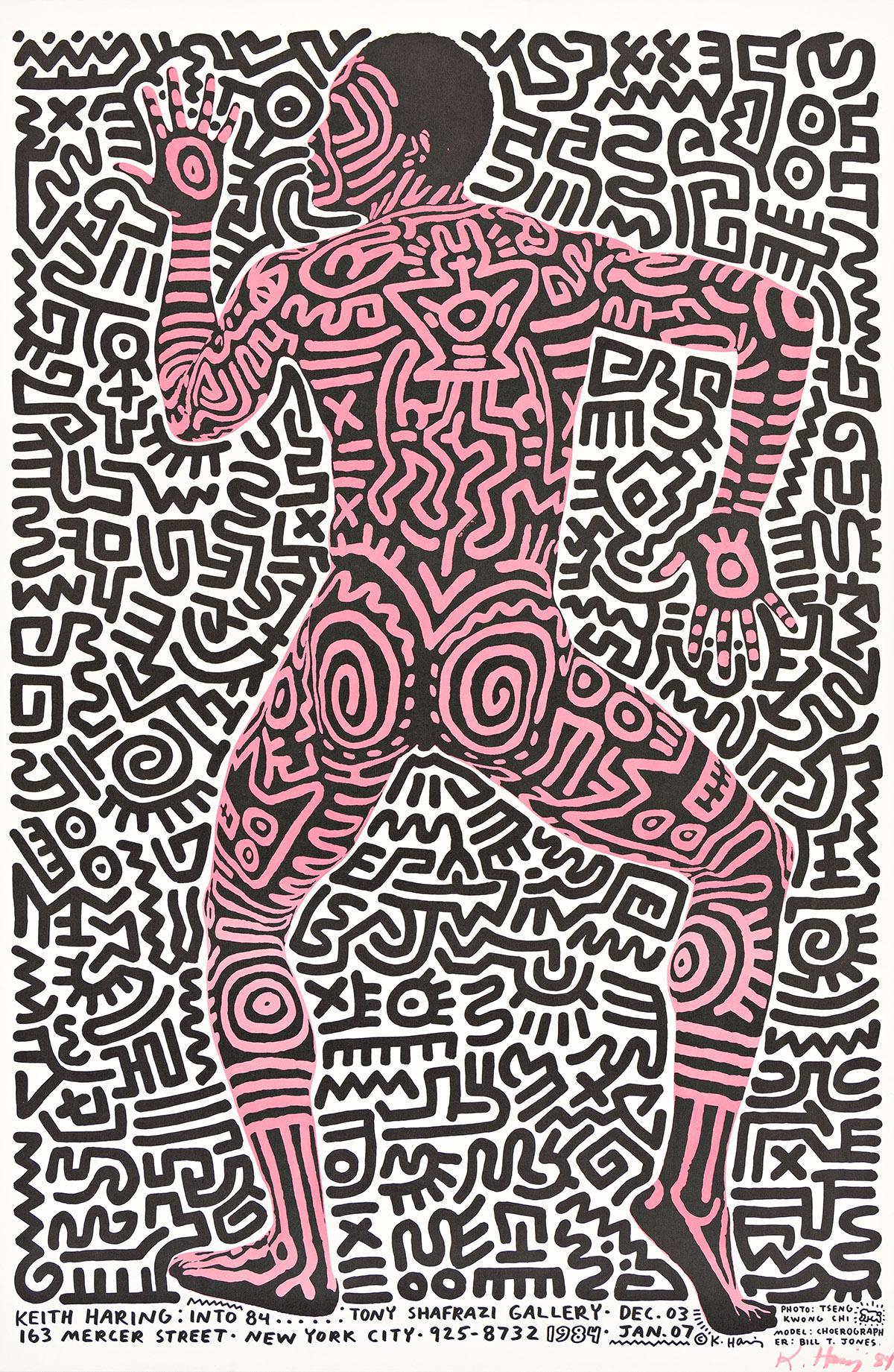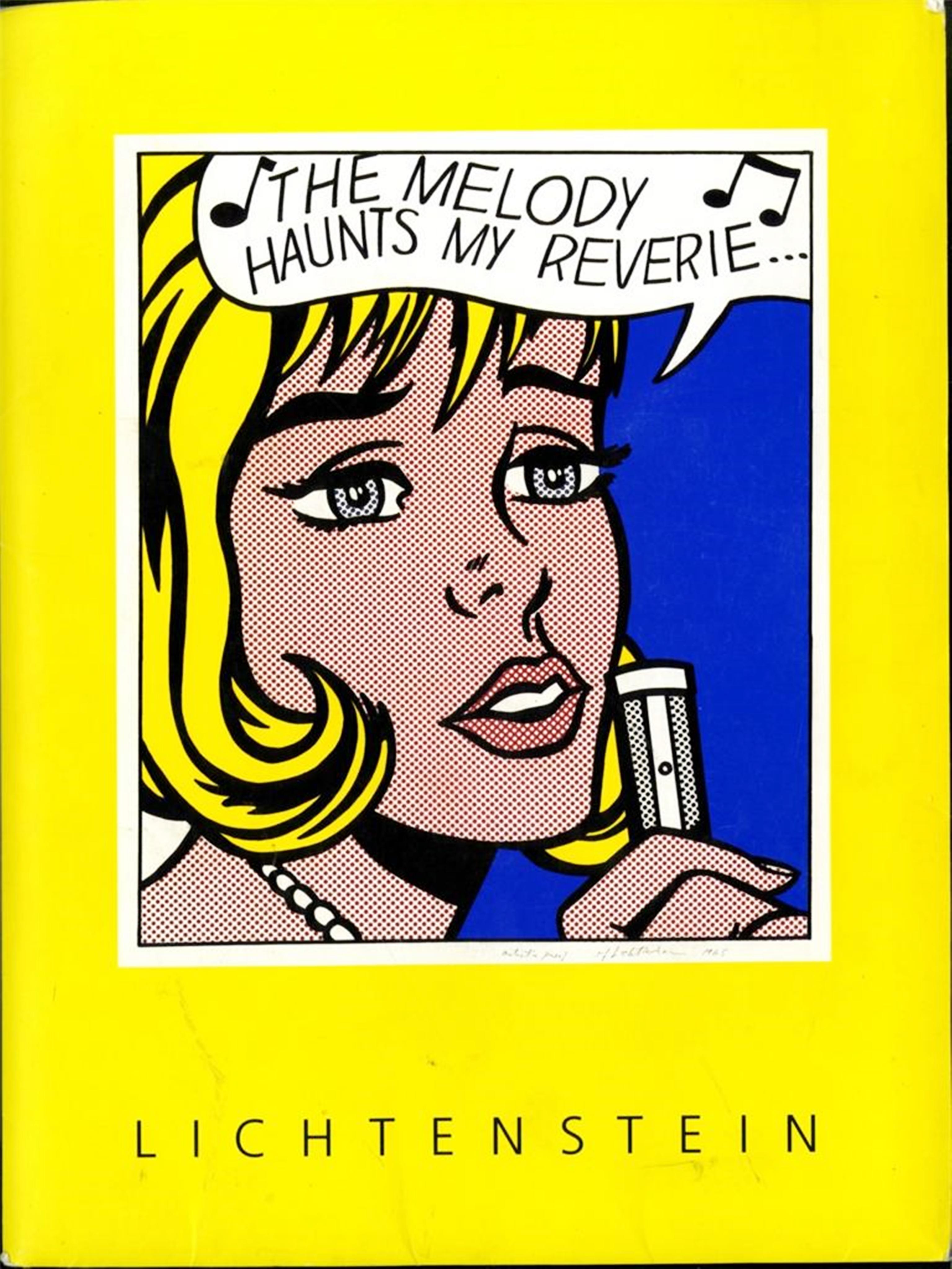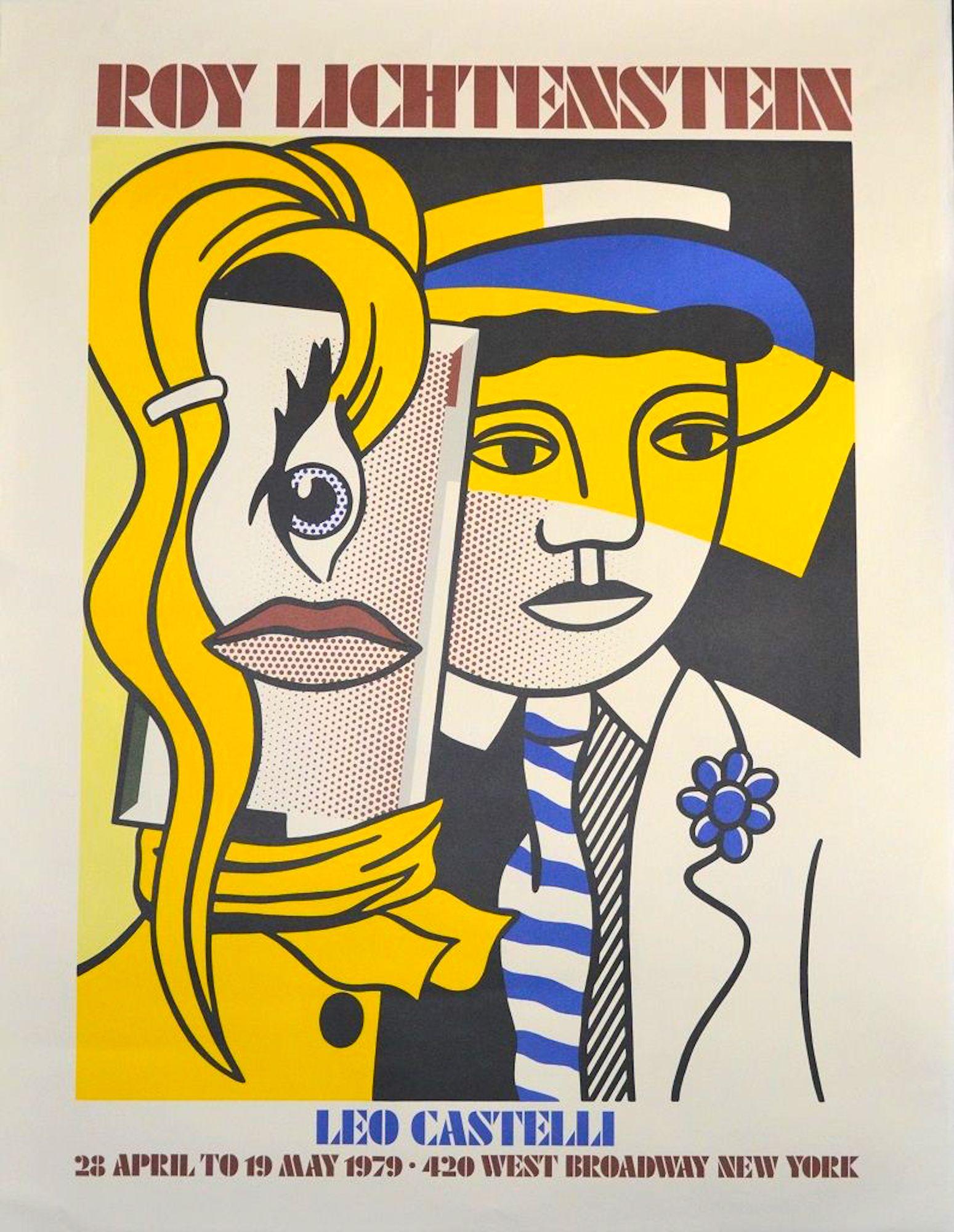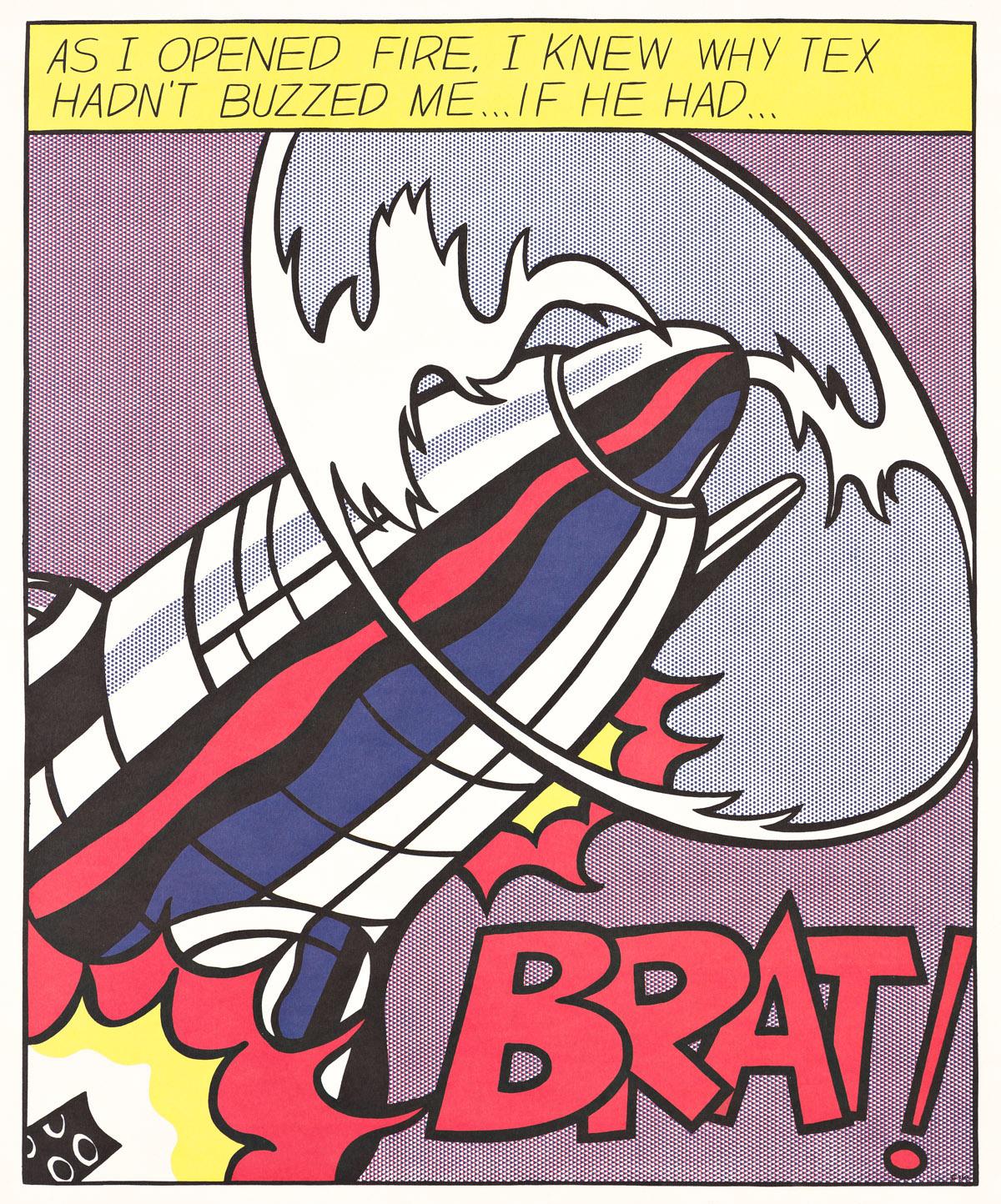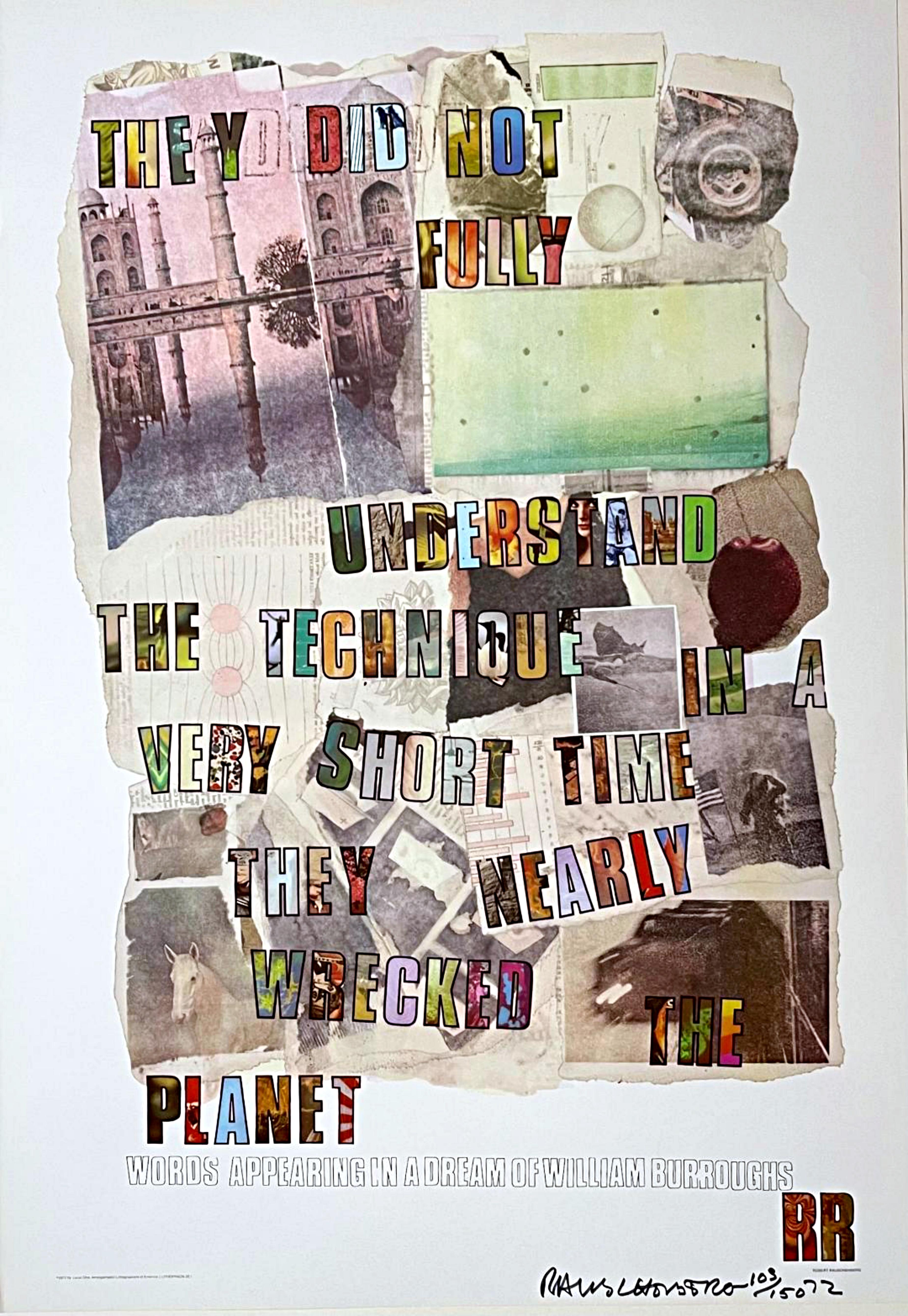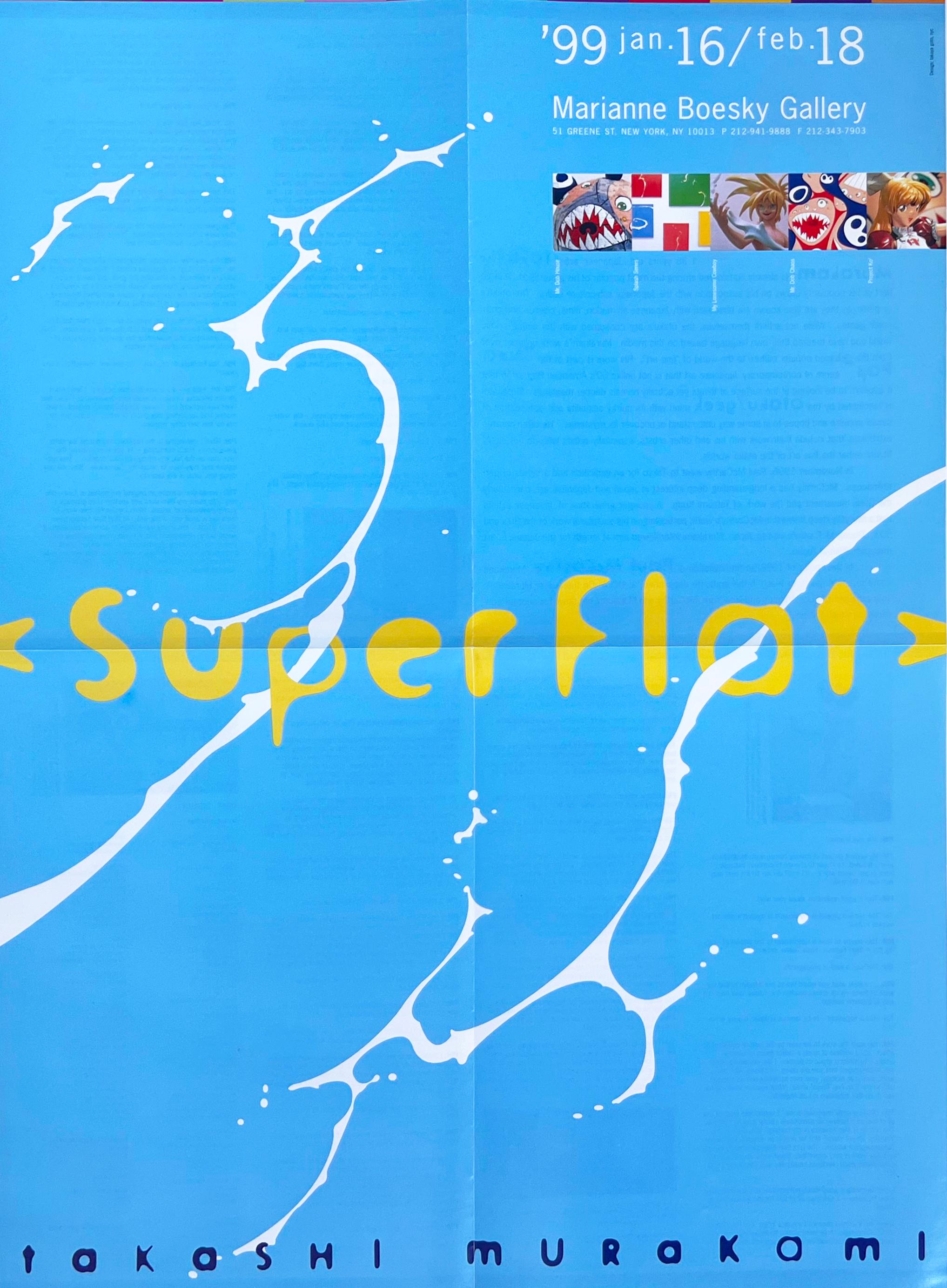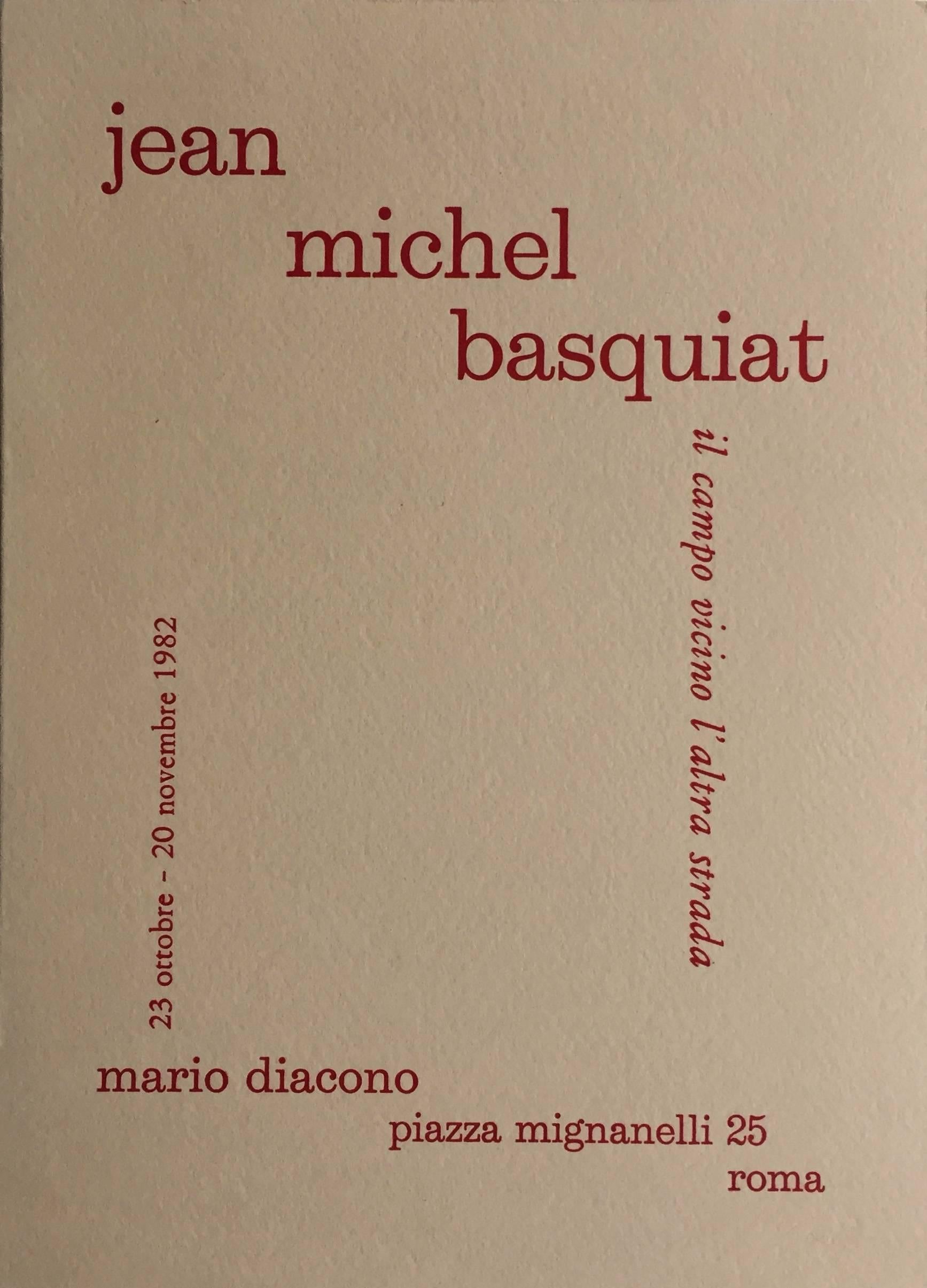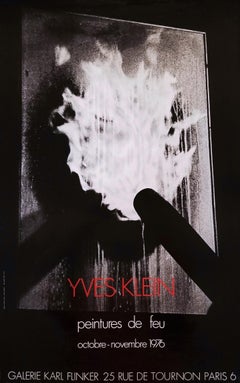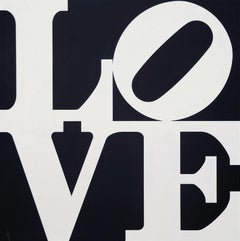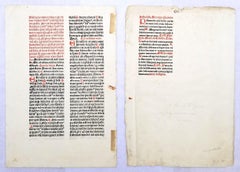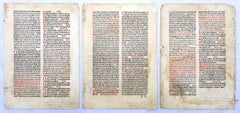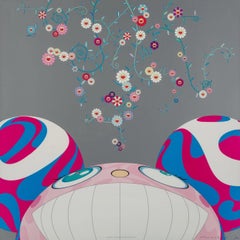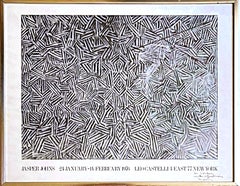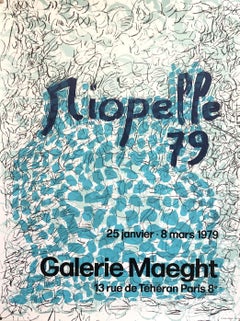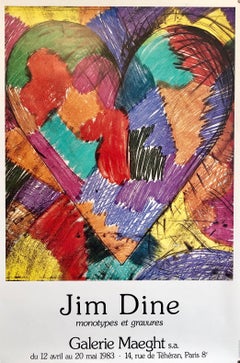
As I Opened Fire Poster (Triptych) (First Edition) /// Pop Art Roy Lichtenstein
View Similar Items
Want more images or videos?
Request additional images or videos from the seller
1 of 21
As I Opened Fire Poster (Triptych) (First Edition) /// Pop Art Roy Lichtenstein1966
1966
About the Item
- Creation Year:1966
- Dimensions:Height: 25.25 in (64.14 cm)Width: 20.94 in (53.19 cm)
- Medium:
- Movement & Style:
- After:Roy Lichtenstein (1923 - 1997, American)
- Period:
- Condition:
- Gallery Location:Saint Augustine, FL
- Reference Number:1stDibs: LU121210309162
About the Seller
5.0
Platinum Seller
Premium sellers with a 4.7+ rating and 24-hour response times
Established in 1978
1stDibs seller since 2015
1,311 sales on 1stDibs
Authenticity Guarantee
In the unlikely event there’s an issue with an item’s authenticity, contact us within 1 year for a full refund. DetailsMoney-Back Guarantee
If your item is not as described, is damaged in transit, or does not arrive, contact us within 7 days for a full refund. Details24-Hour Cancellation
You have a 24-hour grace period in which to reconsider your purchase, with no questions asked.Vetted Professional Sellers
Our world-class sellers must adhere to strict standards for service and quality, maintaining the integrity of our listings.Price-Match Guarantee
If you find that a seller listed the same item for a lower price elsewhere, we’ll match it.Trusted Global Delivery
Our best-in-class carrier network provides specialized shipping options worldwide, including custom delivery.More From This Seller
View AllGalerie Karl Flinker (Peintures de Feu) Poster /// Yves Klein Fire Paintings Art
By Yves Klein
Located in Saint Augustine, FL
Artist: (after) Yves Klein (French, 1928-1962)
Title: "Galerie Karl Flinker (Peintures de Feu)"
Year: 1976
Medium: Original Offset-Lithograph, Exhibition Poster on light smooth wove paper
Limited edition: Unknown
Printer: SMI (Société Mondiale d'Impression), Paris, France
Publisher: Galerie Karl Flinker, Paris, France
Sheet size: 30.75" x 19.75"
Condition: Soft handling creases throughout sheet, scattered faint surface abrasions, and light edge wear. In otherwise good condition with full margins
Extremely rare
Notes:
Provenance: private collection - Bretteville-du-Grand-Caux, France. Poster produced for a special posthumous exhibition of Klein's work "Peintures de Feu" at Galerie Karl Flinker, Paris, France from October - November, 1976. Text printed lower left: "photo pierre joly - vera cardot / smi paris 580 50 42".
Yves Klein's Fire Paintings: These celebrated works were executed largely in 1961 shortly after the artist founded the New Realist...
Category
1970s Modern More Prints
Materials
Lithograph, Offset
LOVE /// Robert Indiana Typography Pop Art Screenprint Black and White Print Art
By Robert Indiana
Located in Saint Augustine, FL
Artist: (after) Robert Indiana (American, 1928-2018)
Title: "LOVE"
Portfolio: Banner, Multiples Calendar for 1970
*Issued unsigned
Year: 1969
Medium: Original Screenprint on smooth w...
Category
1960s Pop Art More Prints
Materials
Screen
Set of Two Leaves from "Missale Frisingense" /// German Catholic Incunabula 15th
Located in Saint Augustine, FL
Artist: Erhard Ratdolt (German, 1442-1528)
Title: "Preface Page" and "Page CVI - 106"
Portfolio: Missale Frisingense
Year: 1492 (First edition)
Medium: Set of Two Original Incunabula Leaves on watermarked laid paper
Limited edition: Unknown
Printer: Erhard Ratdolt, Ausburg, Germany
Publisher: Sixtus of Tannberg, Freising, Germany
Reference: Hain No. 11303; Weale/Bohatta No. 396; Schreiber No. 4699; Pell No. 7944
Sheet size (each): approx. 11.94" x 8.13"
Condition: "Preface Page" has the occasional wormhole. Remnants of tape, a tape and a paper clip stain along its edge. Minor foxing and soiling mainly in margins. "Page CVI - 106" has remnants of tape and a small stain along its left edge. Light foxing and soiling about its sheet with some general edge wear. Have been professionally stored away for decades. They are both otherwise strong impressions in good condition with strong colors
Very rare
Notes:
Comes from Ratdolt's one volume "Missale Frisingense", (1492) (First edition), which consists of 576 pages of Gothic texts in Latin with red rubricated initials, music, and woodcut engraved illustrations. Printed in Augsburg by Erhard Ratdolt on March 17, 1492. "Preface Page" has a bull's head and cross watermark in the upper center of its sheet. Some information and old prices inscribed in pencil to their sheets.
A missal is a book that contains the prayers, chants, biblical readings, and rubrics for celebrating Mass. The first missals were found in monasteries in the 12th and 13th centuries. The term missale is Latin for "Mass book".
Biography:
Erhard Ratdolt (1442–1528) was an early German printer from Augsburg. He was active as a printer in Venice from 1476 to 1486, and afterwards in Augsburg. From 1475 to 1478 he was in partnership with two other German printers. The first book the partnership produced was the Calendarium (1476), written and previously published by Regiomontanus, which offered one of the earliest examples of a modern title page. Other noteworthy publications are the "Historia Romana of Appianus" (1477), and the first edition of "Euclid's Elements" (1482), where he solved the problem of printing geometric diagrams, the "Poeticon astronomicon", also from 1482, "Haly Abenragel" (1485), and "Alchabitius" (1503). Ratdolt is also famous for having produced the first known printer's type specimen...
Category
15th Century and Earlier Old Masters More Prints
Materials
Laid Paper, Woodcut
Set of Three Leaves from "Breviarium Pataviense" /// German Catholic Incunabula
Located in Saint Augustine, FL
Artist: Erhard Ratdolt (German, 1442-1528)
Title: "Vol. 6, page 10-11", "Vol. 6, page 6-7", and "Vol. 6, 28-29"
Portfolio: Breviarium Pataviense
Year: 1490 (First edition)
Medium: Set of Three Original Incunabula Leaves on watermarked laid paper
Limited edition: Unknown
Printer: Erhard Ratdolt, Ausburg, Germany
Publisher: Friedrich von Öttingen and Christoph von Schachner, Passau, Germany
Reference: Hain No. 3875; Bod-Inc No. B-542; GW No. 5426; Weale/Bohatta No. 335; Schreiber No. 3615
Sheet size (each): approx. 12.5" x 8.88"
Condition: "Vol. 6, page 10-11", "Vol. 6, page 6-7", and "Vol. 6, 28-29" all have scattered wormholes, staining, foxing, and soiling about their sheets. The latter two have remnants of tape at their edges. "Vol. 6, 28-29" has heavier staining to its sheet and edge wear about. Have been professionally stored away for decades. They are all otherwise strong impressions in overall fair condition with strong colors
Extremely rare
Notes:
Comes from Ratdolt's six volume "Breviarium Pataviense", (1490) (First edition), which consists of 378 pages of Gothic texts in Latin with red rubricated initials, psalms, readings, hymns, and woodcut engraved illustrations. Printed in Augsburg by Erhard Ratdolt on May 12, 1490. There was a subsequent printing on November 27, 1490. Both "Vol. 6, page 10-11" and "Vol. 6, 28-29" have a bow and arrow watermark in the center of their sheets. Some information and old prices inscribed in pencil to their sheets.
Breviary is a liturgical book in the Roman Catholic Church that contains the daily service for the divine office, the official prayer of the church consisting of psalms, readings, and hymns that are recited at stated hours of the day.
Biography:
Erhard Ratdolt (1442–1528) was an early German printer from Augsburg. He was active as a printer in Venice from 1476 to 1486, and afterwards in Augsburg. From 1475 to 1478 he was in partnership with two other German printers. The first book the partnership produced was the Calendarium (1476), written and previously published by Regiomontanus, which offered one of the earliest examples of a modern title page. Other noteworthy publications are the "Historia Romana of Appianus" (1477), and the first edition of "Euclid's Elements" (1482), where he solved the problem of printing geometric diagrams, the "Poeticon astronomicon", also from 1482, "Haly Abenragel" (1485), and "Alchabitius" (1503). Ratdolt is also famous for having produced the first known printer's type specimen...
Category
15th Century and Earlier Old Masters More Prints
Materials
Laid Paper, Woodcut
Various Weapons & Implements of War /// Edward Barnard's "History of England"
Located in Saint Augustine, FL
Artist: Edward Barnard (English, 1717-1781)
Title: "Various Weapons & Implements of War ... Which have been Employed Against the English, by Different Enemies: Now Deposited in the Tower of London"
Portfolio: New Complete and Authentic History of England
Circa: 1785
Medium: Original Hand-Colored Etching on laid paper
Limited edition: Unknown
Printer: Alex Hogg, London, UK
Publisher: Alex Hogg, London, UK
Sheet size: 15.38" x 9.63"
Image size: 11.75" x 7.94"
Condition: Slight toning to edges. Has been professionally stored away for decades. It is otherwise a strong impression in excellent condition
Notes:
Provenance: private collection - Cheltenham, UK. Engraved by English artist George Walker (1781-1856) after a drawing by English artist William Hamilton (1751-1801). Comes from Barnard's one volume "New Complete and Authentic History of England", (1783, 1785, 1790) (First - third editions), which consists of 105 engravings. Printed in one color from one copper plate: black.
Biography:
Edward Barnard (1717-1781) was an English cleric and academic, provost of Eton from 1764. Barnard was second son of Rev. George Barnard...
Category
1780s Old Masters More Prints
Materials
Watercolor, Laid Paper, Engraving, Intaglio
Draught of a Galley /// Old Masters Ship Boat Seascape Construction Diagram Art
By William Henry Toms
Located in Saint Augustine, FL
Artist: William Henry Toms (English, c.1700-1765)
Title: "Draught of a Galley" (Plate 13, Vol. III, page 131)
Portfolio: La Spectacle de la Nature
Year: 1737
Medium: Original Hand-Colored Engraving on laid paper
Limited edition: Unknown
Printer: Unknown, London, UK
Publisher: Humphreys, London, UK
Framing: Recently framed in a Regency style gold moulding with 100% cotton rag matting and 99% UV protective Museum Glass. The frame is an antique frame we've reused, originally built by Knoedler Gallery, New York, NY
Framed size: 10.25" x 10.25"
Sheet size (irregular margins): 6.63" x 8.25"
Image size: 4.75" x 6.75"
Condition: In excellent condition with strong colors and good margins
Rare
Notes:
Comes from the 1737 volume edition of Noël-Antoine Pluche's "La Spectacle de la Nature", translated from the original French by Humphreys as "Nature Displayed". With two soft vertical folds within paper as issued. Various dealer reference numbers and an old price pencil inscribed in margins and on verso.
Biography:
William Henry Toms (c. 1700–1765) was an English engraver. He worked on portraits, book-plates, landscapes and prints of buildings. Among his works were the plates for Robert West's "Perspective Views of All the Ancient Churches in London" (1736–1739). In 1741, he worked with Thomas Badeslade on "Chorographia Britanniae or a New Set of Maps of all the Counties in England and Wales". The maps were republished on 29 September 1742, with additional place names. Among Toms's apprentices was the engraver and publisher John Boydell. W. H. Toms lived in Masham Street, London, and was the father of the painter Peter Toms. Toms died in 1765.
Noël-Antoine Pluche (1688-1761) , known as the abbé Pluche, was a French priest...
Category
1730s Baroque More Prints
Materials
Watercolor, Laid Paper, Engraving, Intaglio
You May Also Like
Dob Flower
By Takashi Murakami
Located in London, GB
Offset Lithograph
50 × 50 cm - paper size
66 x 66 cm - framed size
Frame included
Edition of 300
Hand-signed and numbered
Category
Early 2000s Pop Art Abstract Prints
Materials
Lithograph, Offset
Jasper Johns at Leo Castelli offset lithograph poster (Hand signed & inscribed)
By Jasper Johns
Located in New York, NY
Jasper Johns
Jasper Johns at Leo Castelli (Hand signed and inscribed), 1976
Offset lithograph poster (hand signed and warmly inscribed by Jasper Johns)
Signed and inscribed "for Cord...
Category
1970s Pop Art Abstract Prints
Materials
Offset, Lithograph
Canadian Post Modern Pop Art Lithograph Vintage Poster Memphis Galerie Maeght
By Jean-Paul Riopelle
Located in Surfside, FL
Vintage gallery exhibition poster.
The Galerie Maeght is a gallery of modern art in Paris, France, and Barcelona, Catalonia, Spain. The gallery was founded in 1936 in Cannes. The Paris gallery was started in 1946 by Aimé Maeght. The artists exhibited are mainly from France and Spain. Since 1945, the gallery has presented the greatest modern artists such as Matisse, Bonnard, Braque, Miró, and Calder. In 1956, Adrien Maeght opened a new parisian venue. The second generation of “Maeght” artists was born: Bazaine, Andre Derain, Giacometti, Kelly, Raoul Ubac, then Riopelle, Antoni Tapies, Pol Bury and Adami, among others.
Jean-Paul Riopelle, CC GOQ (7 October 1923 – 12 March 2002) was a painter and sculptor from Quebec, Canada. He became the first Canadian painter (since James Wilson Morrice) to attain widespread international recognition.
Born in Montreal, Riopelle began drawing lessons in 1933 and continued through 1938. He studied engineering, architecture and photography at the école polytechnique in 1941. In 1942 he enrolled at the École des beaux-arts de Montréal but shifted his studies to the less academic école du Meuble, graduating in 1945.
He studied under Paul-Émile Borduas in the 1940s and was a member of Les Automatistes movement. Breaking with traditional conventions in 1945 after reading André Breton's Le Surréalisme et la Peinture, he began experimenting with non-objective (or non-representational) painting. He was one of the signers of the Refus global manifesto. In 1947 Riopelle moved to Paris and continued his career as an artist, where, after a brief association with the surrealists (he was the only Canadian to exhibit with them) he capitalized on his image as a "wild Canadian". His first solo exhibition took place in 1949 at the Surrealist meeting place, Galerie La Dragonne in Paris. Riopelle married Françoise Lespérance in 1946; the couple had two daughters but separated in 1953. In 1959 he began a relationship with the American painter Joan Mitchell, Living together throughout the 1960s, they kept separate homes and studios near Giverny, where Monet had lived. They influenced one another greatly, as much intellectually as artistically, but their relationship was a stormy one, fueled by alcohol. The relationship ended in 1979. His 1992 painting Hommage à Rosa Luxemburg is Riopelle's tribute to Mitchell, who died that year, and is regarded as a high point of his later work.
Riopelle's style in the 1940s changed quickly from Surrealism to Lyrical Abstraction (related to abstract expressionism), in which he used myriad tumultuous cubes and triangles of multicolored elements, facetted with a palette knife, spatula, or trowel, on often large canvases to create powerful atmospheres. The presence of long filaments of paint in his painting from 1948 through the early 1950s[8] has often been seen as resulting from a dripping technique like that of Jackson Pollock. Rather, the creation of such effects came from the act of throwing, with a palette knife or brush, large quantities of paint onto the stretched canvas.
Riopelle's voluminous impasto became just as important as color. His oil painting technique allowed him to paint thick layers, producing peaks and troughs as copious amounts of paint were applied to the surface of the canvas. Riopelle, though, claimed that the heavy impasto was unintentional: "When I begin a painting," he said, "I always hope to complete it in a few strokes, starting with the first colours I daub down anywhere and anyhow. But it never works, so I add more, without realizing it. I have never wanted to paint thickly, paint tubes are much too expensive. But one way or another, the painting has to be done. When I learn how to paint better, I will paint less thickly."
When Riopelle started painting, he would attempt to finish the work in one session, preparing all the color he needed before hand: "I would even go as far to say—obviously I don't use a palette, but the idea of a palette or a selection of colors that is not mine makes me uncomfortable, because when I work, I can't waste my time searching for them. It has to work right away."
A third element, range of gloss, in addition to color and volume, plays a crucial role in Riopelle's oil paintings. Paints are juxtaposed so that light is reflected off the surface not just in different directions but with varying intensity, depending on the naturally occurring gloss finish (he did not varnish his paintings). These three elements; color, volume, and range of gloss, would form the basis of his oil painting technique throughout his long and prolific career.
Riopelle received an Honorable Mention at the 1952 São Paulo Art Biennial. In 1953 he showed at the Younger European Painters exhibition at the Solomon R. Guggenheim Museum in New York City. The following year Riopelle began exhibiting at the Pierre Matisse Gallery in New York. In 1954, works by Riopelle, along with those of B. C. Binning and Paul-Émile Borduas represented Canada at the Venice Biennale. He was the sole artist representing Canada at the 1962 Venice Biennale in an exhibit curated by Charles Comfort...
Category
1970s Pop Art Abstract Prints
Materials
Lithograph, Offset
Rainbow Quilt Heart Pop Art Vintage Offset Lithograph Poster Jim Dine, Maeght
By Jim Dine
Located in Surfside, FL
Jim Dine, Monotypes et Gravures, Galerie Maeght, Paris, 1983.
Vintage Offset Lithograph Poster American contemporary pop art.
A colorful heart quilt in a rainbow of colors.
Jim Dine...
Category
1980s Pop Art More Prints
Materials
Lithograph, Offset
Leo Castelli Gallery poster (Roy Lichtenstein, Frank Stella, John Chamberlain)
Located in New York, NY
Rare collectors item:
Roy Lichtenstein, Frank Stella, John Chamberlain
New Work, Leo Castelli poster, 1967
Offset lithograph poster invitation with original folds, addressee and post...
Category
1960s Pop Art Abstract Prints
Materials
Lithograph, Offset
Keith Haring: Into 1984/Tony Shafrazi Gallery
By Keith Haring
Located in New York, NY
Color offset lithograph. Signed and dated in felt-tip pen and pink ink, lower right. Published by Tony Shafrazi Gallery, New York.
Category
1980s Pop Art Abstract Prints
Materials
Color, Lithograph, Offset
